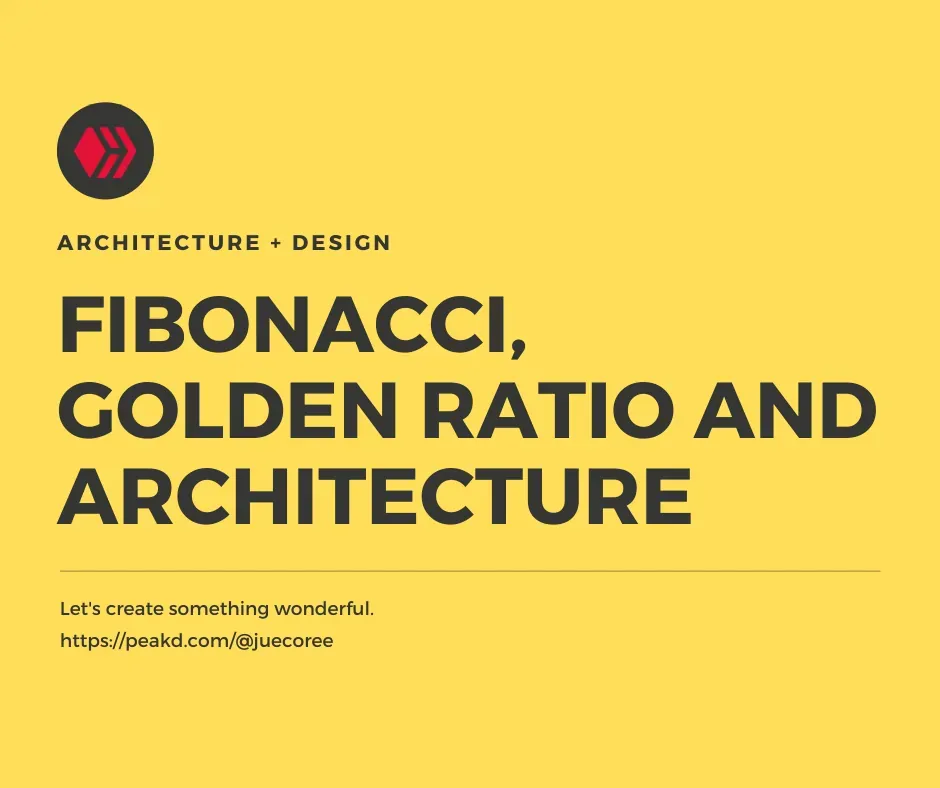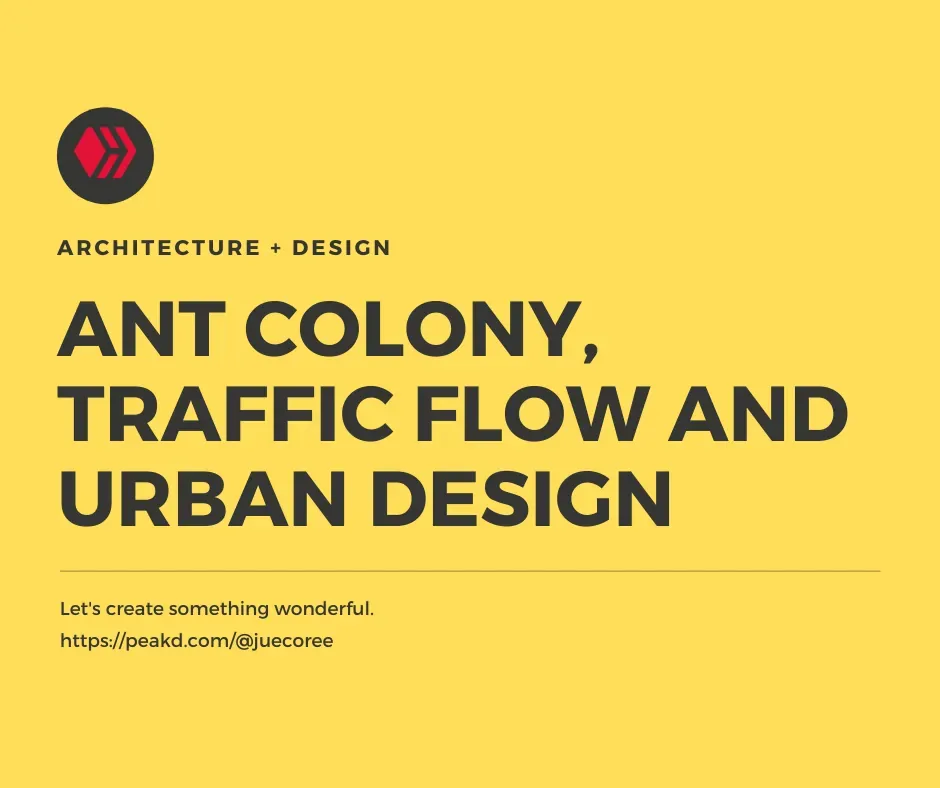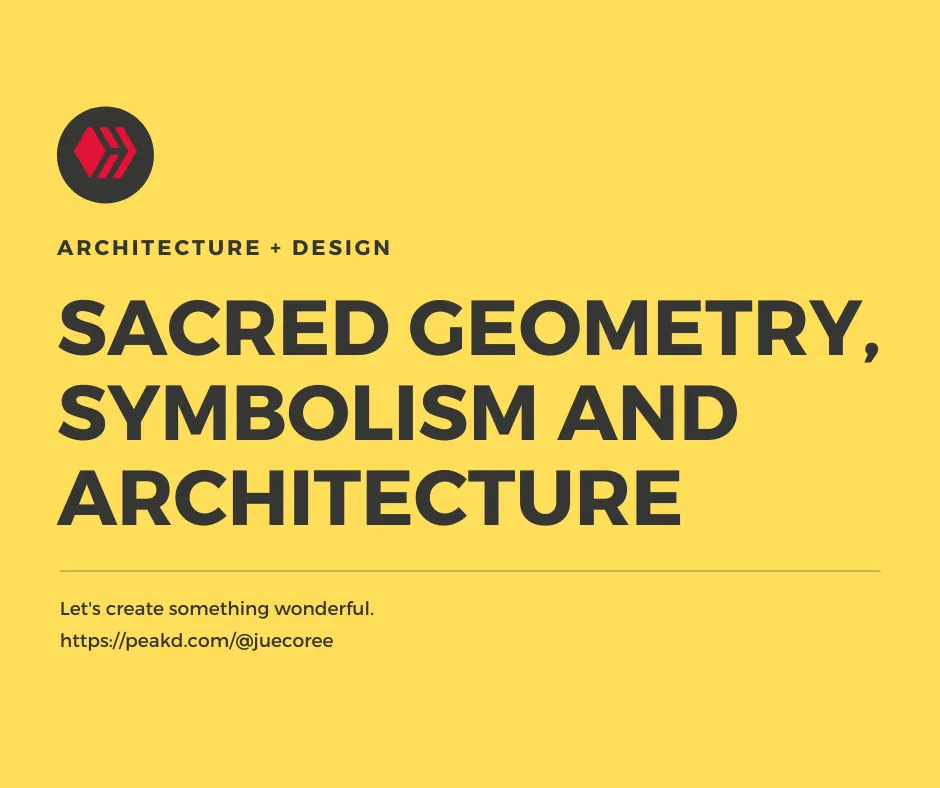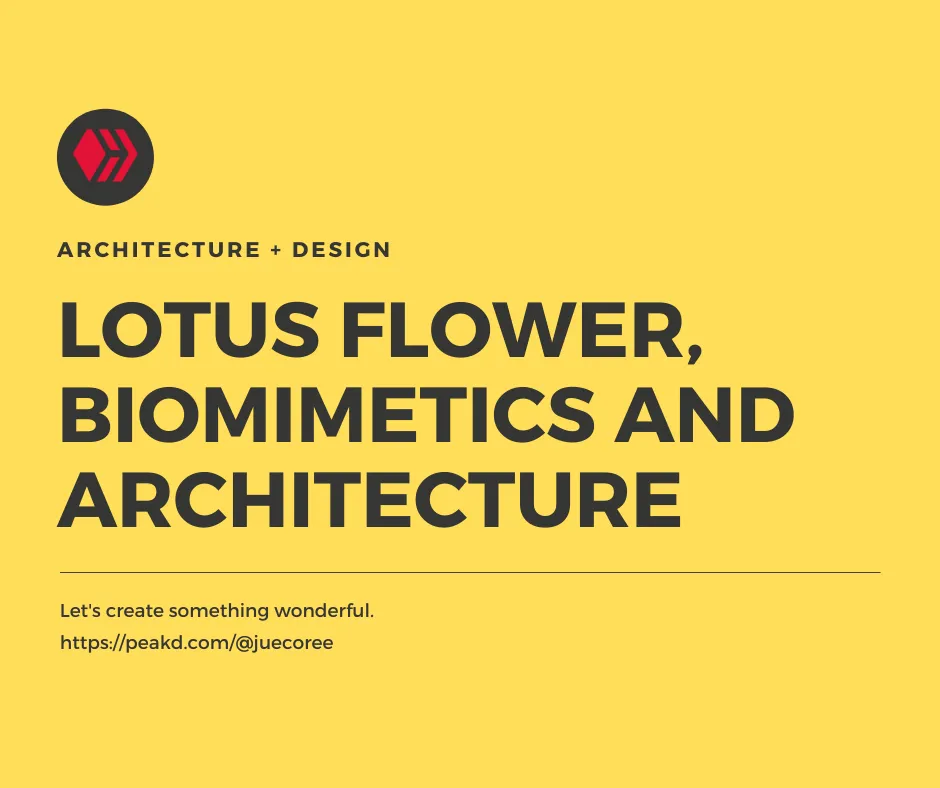
Nature is continually solving problems for the last 3.6 billion years and is successful in doing so. It is rich with patterns that signal varied biological tasks, such as attracting mates, alerting predators, and recognizing individuals of the same species. We can't argue that nature is the world's best artist, from the dense forest of the Amazon to the Great Barrier Reef. Everything seems perfect and shows life is without limit, a personification of peace in chaos.
When we study and mimic the design of natural systems and patterns, nothing will go wrong. Leonardo Da Vinci designed the flying machines by keenly observing the birds and how they fly. Wright brothers successfully designed and flown an aircraft, which they got the intuition by studying the pigeons. Japanese engineers and scientists built a high-speed bullet train after a kingfisher's head.
Biomimicry gives us a chance to unorthodox approaches to solving problems in science, engineering, and architecture. In general, towards innovation. When we create a sustainable design, we will always have better results. The structure becomes better and consumes less energy. Biomimetics in architecture revolves around applying natural patterns to amplify design aesthetics and functionality to enhance cooling, natural lighting, or structures. Previously, I have shown how natural patterns like the Fibonacci sequence and Chaos Theory and animal behavior such as the slime, ant, and spider can inspire us to create better architecture and urban design.
Ant's colonies inspire us to have better communication can resolve our traffic woes. Slime can effectively find optimal city road design despite being a single-cell organism. Spiders inspired us to create intricate web-like structures and even utopian cloud cities. Natural sequence draws out perfect symmetries in our architectural design. Proportions seem fitting to be godly that it makes the space more enjoyable due to seemingly better transitions between living spaces. One is missing to complete the series, plants. I never wrote how plants inspire architecture and design since, for the most part, it is on natural patterns and animals or insects. And it is fitting to cap the month-long series with plants, specifically flowers.
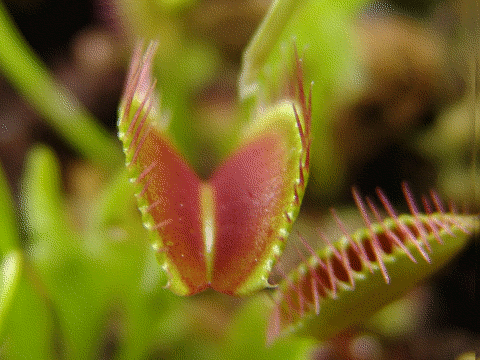


Flowers have been on special occasions and celebrations. Ladies love to have a bouquet of it. Flowers seem a simple sprout of vibrance in nature, but they change the world as soon as they existed over 130 million years ago. The flower miraculously changed nature's aesthetics through its various hue and vibrance. If we looked closely in time and scaled it to an hour, the flower may exist in the last 90 seconds. But they seem rapidly evolve in the next 90 seconds, exploding to countless variations and outnumbering ferns and con-bearing trees that sprout earlier that flower's first bloom.
Flowering plants rules out botany and agriculture, which some artists, poet, and even architects find inspiration from it as if it was an ethereal realm. Inside the bud, the flower petal lies and wait at the precise moment to burst forth blooming and display an outstanding geometry and color. The blooming may occur over seven days or as brief as 5 minutes, while some take years. Some petals grow more than others, and the difference creates the beautiful 3D shape of the petals. The aesthetics and curves may vary over species.
Aside from their forms, flowers have different responses and characteristics. It opens or closes like clockwork, every day and night. It has vacillating locomotions like the closing of venus flytrap or curling of mimosa leaves. Looking at this closely, we can learn one or two design lessons. Architects can study complex curve designs for buildings and incorporate these vacillating movements in their design for shape-shifting facades and structures. It leads to better kinetic architecture. We can also study the petal forms to create pavilion designs or portables designs that can easily be 3D printed. To some extent, architects and designers can create a folding design for facades or spaces.
The lotus flower has a unique surface that repels dust and dirt, which keeps its petal gleaming. It has an optimal mechanism to gather rainwater in its leaves. It allows water to roll out through its leaves, which makes it clean and healthy. We can mimic how lotus flowers control light, nourishment, and self-shading. Lotus flower has an effective means of closing and opening depending on the amount of daylight, like the stadium in the Chinese city of Hangzhou. The Hangzhou stadium copied the beauty of a lotus flower by translating shape into a sequence of modular petal structures that encircles the stadium.
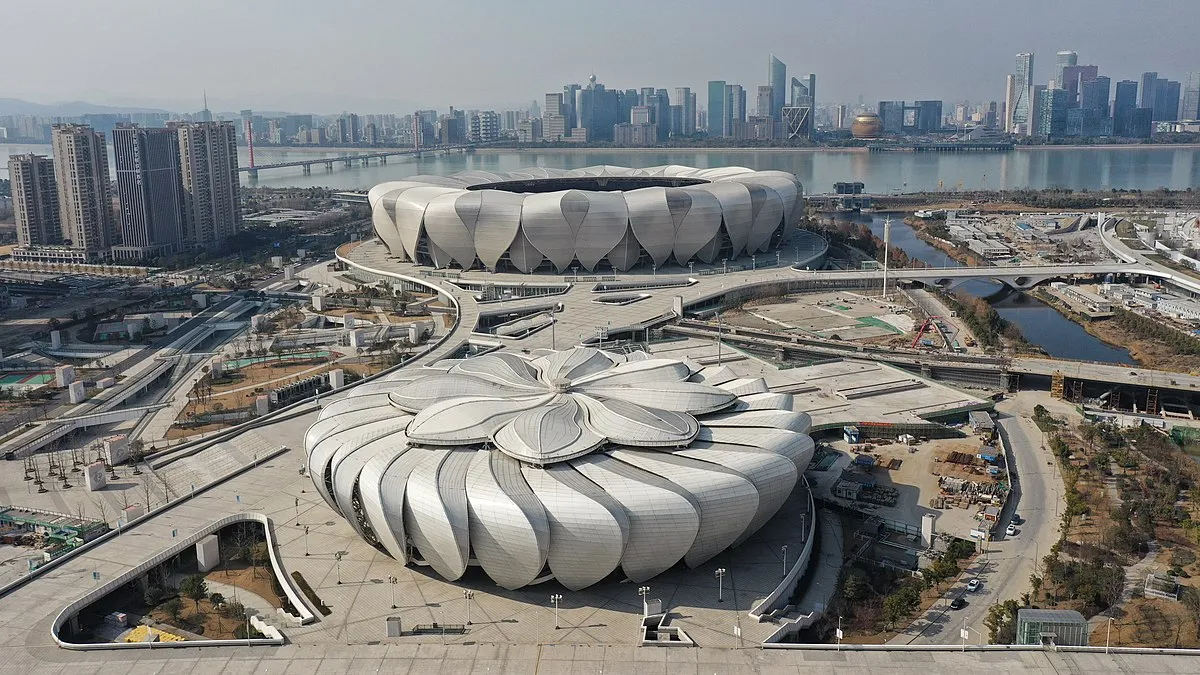
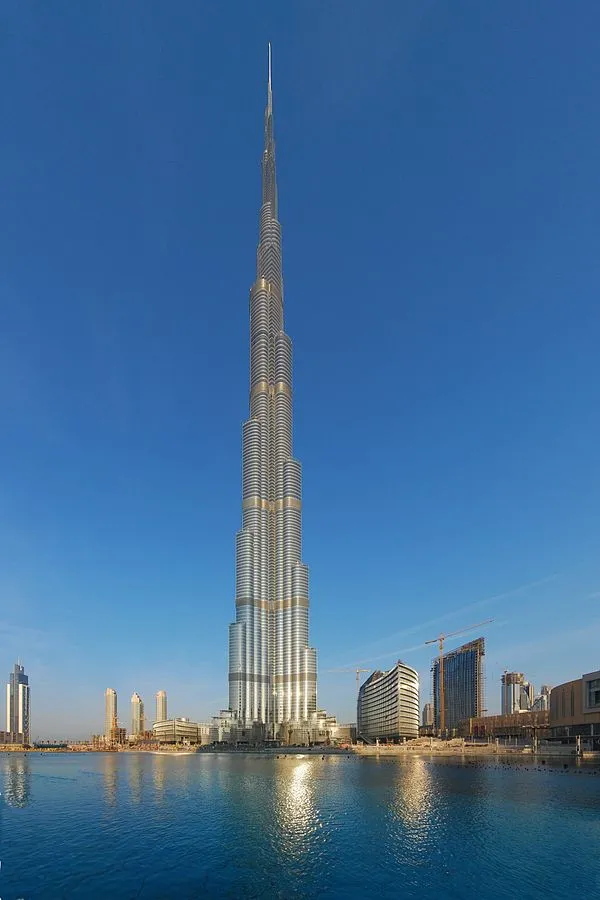

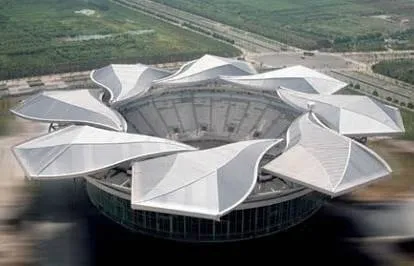
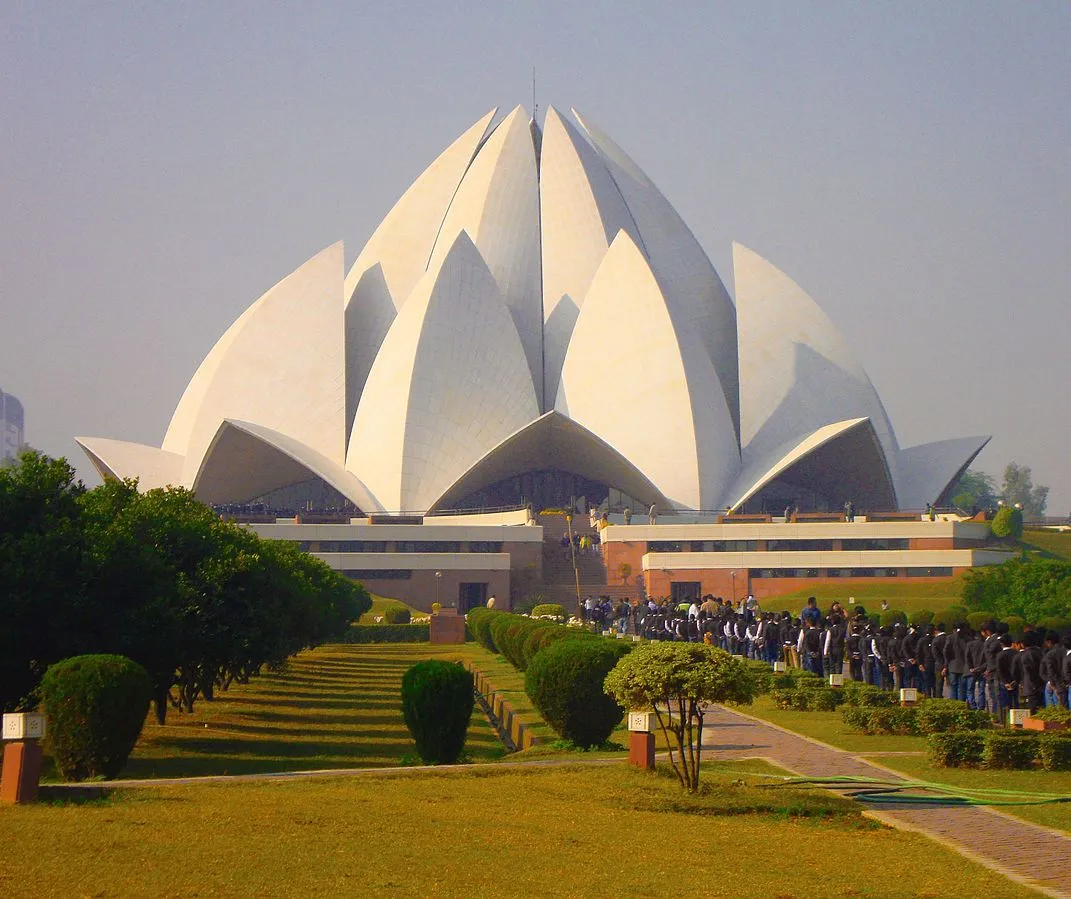
Lotus flower has an optimal way of absorbing nourishment. We can't copy how the flower absorbs nourishments during photosynthesis, but we can mimic how it interacts with rainwater and sunlight. Architects can design roof structures that effectively collect rainwater and clean like the leaves of the lotus flower. We can have a building, which has optimal natural lighting conditions like the Marina Bay ArtScience Museum. The ArtScience Museum has a cutting-edge approach to optimally using natural resources. It can capture rainwater through a bowl in its design that mimics the curve of the lotus flower and fed to a central waterfall in the building. Some rainwater is for the restroom facilities. It has a generous skylight for lighting and air grills to cool the space and save energy.
Aside from light and nourishment, we can draw some insight into designing buildings with self-shading. Lotus has a unique arrangement of flowers that ensures self-shading to prevent harsh solar light from ruining its seed pod before it ripes. Architects can derive a design mimicking the lotus' petal arrangement that gives optimal shades within the building parameters or pavements or routes like the Quizhong Tennis Center, Hangzhou Sports Center, and Lotus Temple. The Quizhong Tennis Center has dynamic roofs that open or close depending on the weather. The Lotus Temple in Delhi is a place of worship with petal-shaped walls that shades the interior and its pilgrims.
Some other notable flower-inspired buildings are Burj Khalifa and Wuhan Energy Center, to name a few. The design of the three-pronged footprint of Burj Khalifa is an abstraction from spider lily. Architect Adrian Smith designed the structure by paying homage to the desert flower, spider lily, whose harmonious structure is the core of its design. The tower's wings extend like petals branching out the stem. The Wuhan Energy Center's design is an abstraction from the calla lily flower. The roof of the flower design has solar panels, while the bowl and roof's curves collect rainwater. The pistil has vertical wind turbines. With these combinations, the center features zero-carbon emission generation.
Flowers conquered our lands, hearts, and minds. They inspired us to our creative endeavors and roots depth into our hearts and mind. We saw flowers as the vibrant plants in our backyards or a gift for celebrations, but looking at them closer gave us a better insight into the evolution and how we can apply it to our built space. Again, flowers changed the aesthetics of the world at the moment of their first bloom, and since then, things have constantly changed and became beautiful. Architecture and design must evolve like the flower, whether adapting the flower ways or other natural systems and patterns.
Biomimetic and biophilic concepts can change architecture and designs forever, especially we are thriving to have sustainable design or better regenerative. We can learn so much from nature and can optimize how we live and build our spaces. It has been a month-long journey in learning nature, architecture, and design through this series. To end this month-long series, let me restate the first line of the series: "One of the goals is to have a design that is clear and understandable. Architects create designs that showcased well-organized, balanced, and easily absorbed by the users to have a better experience of the space. To do this, we can find inspiration from nature and its ingenuity." Stay tuned for the next edition of the architecture and design series.
Check out the previous articles on Nature, Architecture and Design series
(Click the image to read the articles/post)
Nature, Architecture and Design series features architecture and design concepts that is inspired from natural patterns, animal behaviors, and nature itself. Published in Architecture and Design Community on Hive
Readings
Y. Nanaa and H. Taleb , The lotus flower: biomimicry solutions in the built environment, WIT Transactions on ecology and the environment
Michael Klesius, The Big Bloom—How Flowering Plants Changed the World, National Geographic
Eric Allen, 8 Beautiful Examples of Floral-Inspired Architecture, Architectural Digest
Photo Credit and Description: (in order of appearance)
A Venus flytrap closing its trap. | Video Clip from Mnolf/Wikimedia
Mimosa leaf folding inwards. | Video Clip from Hrushikesh/Wikimedia
A lotus flower | Photographed by T. Voekler
The Hangzhou Olympic Sports Expo Center when it was under construction, and the Stadium and the Tennis Center have already completed. | Photographed by Charlie Fong
The aerial view of ArtScience Museum in Marina Bay Singapore | Photographed by Pierrick Lemaret
Burj Khalifa, world's tallest skyscraper | Photographed by Nicolas Lannuzel
An aerial view of Qizhong stadium | Photo from ResearchGate
The Baha'i Lotus temple in Delhi, India | Photographed by Anushka Goyal

